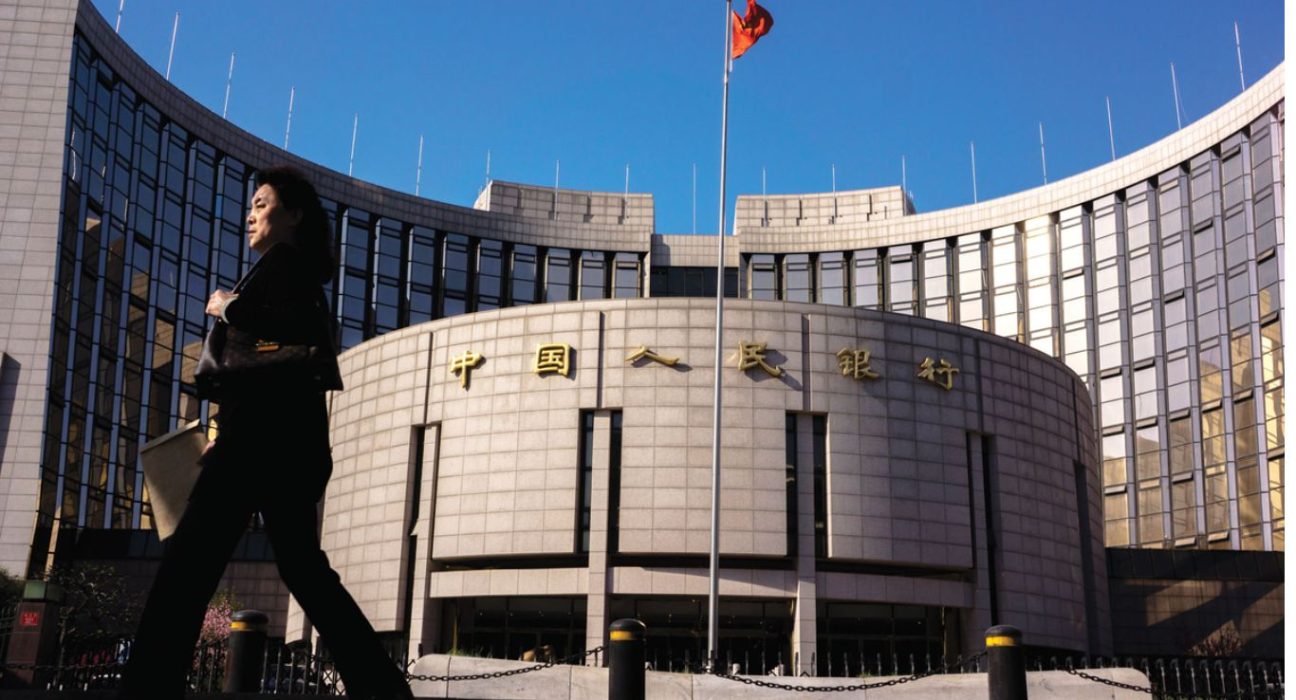Introduction
In a bid to fortify its economic recovery efforts and stabilize the yuan, the People’s Bank of China (PBOC) has recently taken a significant step by slashing the foreign exchange reserve requirement ratio (RRR) from 6% to 4%. This move, set to take effect on September 15, has sent ripples through financial markets and sparked discussions about its potential implications. In this article, we delve into the details of the PBOC’s decision, its motivations, and the potential consequences for China’s economy and global forex markets.
Understanding the PBOC’s Move
What is the Foreign Exchange Reserve Requirement Ratio (RRR)?
The Foreign Exchange Reserve Requirement Ratio, or RRR, is a critical financial instrument that dictates the amount of foreign exchange reserves that Chinese banks are obligated to hold. These reserves act as a safeguard against financial instability and ensure that banks can meet their obligations when it comes to foreign exchange transactions. By reducing this ratio, the PBOC is essentially freeing up capital for banks, which can then be utilized for other purposes.
Motivations Behind the Decision
- Support for the Yuan
One of the primary motivations behind the PBOC’s decision is to prop up the Chinese yuan. A weaker yuan can be detrimental to the country’s economy, as it can lead to capital flight and increased uncertainty for businesses engaged in international trade. By reducing the RRR, the PBOC aims to encourage banks to convert some of their foreign exchange holdings into yuan, thus increasing demand for the currency and potentially boosting its value.
- Stimulating Economic Recovery
China, like many other countries, has been grappling with the economic fallout from the COVID-19 pandemic. While the nation has made significant strides in its recovery, there are still challenges to overcome. The PBOC’s decision to lower the RRR is seen as a move to inject liquidity into the financial system, making it easier for banks to lend to businesses and consumers. This can spur economic growth by stimulating investments and consumption.
Impact on China’s Financial Landscape
- Boosting Liquidity
With the reduction in the RRR, Chinese banks will have more liquidity at their disposal. This extra capital can be channeled into various sectors, such as small and medium-sized enterprises (SMEs), which often struggle to access financing. By facilitating lending to these businesses, the PBOC hopes to invigorate entrepreneurship and job creation.
- Lowering Borrowing Costs
As banks have easier access to funds, they may also reduce interest rates on loans. This can benefit borrowers, including homebuyers and businesses looking to expand. Lower borrowing costs can incentivize investment and spending, further bolstering economic recovery.
Implications for Global Forex Markets
The PBOC’s decision to cut the RRR has not gone unnoticed by global forex markets. Here are some potential implications for international currency exchange:
- Yuan Appreciation
As mentioned earlier, one of the PBOC’s goals is to strengthen the yuan. If successful, this could lead to the yuan appreciating against major currencies like the US dollar and the euro. This may have a significant impact on China’s international trade, making Chinese exports more expensive but potentially increasing the purchasing power of Chinese consumers.
- Increased Volatility
Any significant policy change by a major central bank can introduce volatility into global financial markets. Traders and investors will closely monitor the yuan’s performance and may adjust their positions accordingly. This could lead to fluctuations in currency exchange rates and affect cross-border investments.
Conclusion
The People’s Bank of China’s decision to reduce the foreign exchange reserve requirement ratio is a bold move aimed at supporting the nation’s economic recovery and stabilizing the yuan. By boosting liquidity and lowering borrowing costs, this policy change can potentially stimulate economic growth within China. However, it also introduces uncertainties and implications for global forex markets. As September 15 approaches, all eyes will be on how this decision unfolds and its impact on China’s financial landscape and the broader international economy.










